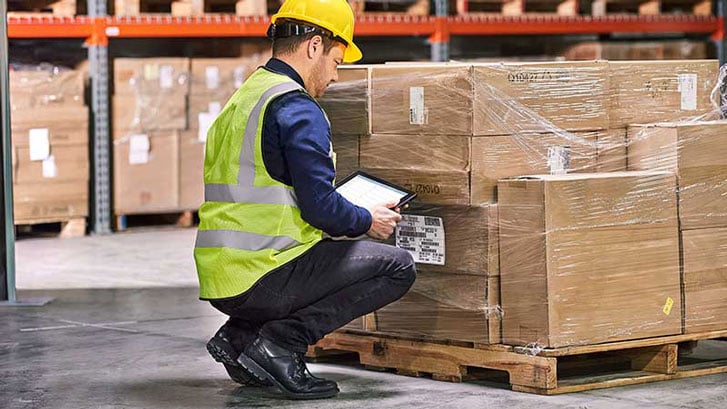The new year brings with it both the excitement of new possibilities and hidden challenges yet to surface. Navigating through several pandemic-induced challenges, last year’s warehouse technologies showcased agile adaptability to accelerate order picking with less touchpoints and manual data capture. Faster and safer picking mechanisms continued to affirm customer demands for quick and accurate order fulfilment, now in less time and with the option of free/easy returns. However, current supply chain and labor shortages are certain to keep challenging businesses, which is why the following trends are expected to reshape modernized warehouses this year:
- Continual push for verifiable sustainable warehousing practices – A large percentage of today’s consumers are growing more eco-conscious due to several environmental changes. To meet both customer demands and protect the environment, sustainable warehousing practices allow businesses to meet accuracy and speed demands with a smaller carbon impact. For example, Zebra’s Certified Consumables can be made of eco-friendly materials for easier decomposition and removal while still containing strong adhesives and surfaces for uncompromised barcode legibility. Other noteworthy mentions include next-generation mobile computers and tablets since they eliminate the need for additional hardware and can last beyond the standard 3-year lifecycle of a mobile device. This reduced eventual e-waste and electricity consumption.
- Securing T&L drivers and ELD compliance – Delivery drivers have reported turnover rates of about 92%, causing serious delays in shipments. As order volumes increase, so does the demand for more capable drivers. Consequently, new technologies must be simple and intelligent enough to minimize stress and maximize safety. Devices like rugged tablets have proven useful in connecting drivers with real-time communication with administrators, most efficient driving routes, and voice messaging all through one large dashboard to keep drivers’ eyes on the road. Next-evolution models are even more advantageous as ELD systems running on 3G are soon to be terminated in 2022, creating a new demand for flexible connectivity options installed on newer devices.
- Growing need for micro-fulfillment centers in urban areas – Same-day shipping demands have grown by 36% within the past year, especially for urban areas. This has posed a problem since large-scale warehouses simply can’t fit within bustling cities. Consequently, micro-fulfillment centers have grown within cities to cut down shipping and labor costs while preventing delays. To keep micro-fulfillment centers running smoothly, workers often depend on versatile handheld devices that can streamline multiple workflows through one digital platform. Zebra’s wearable WT6300 continues to illustrate this by replacing both scanners and 2-way communicators with an adaptable mobile computer that leverages natural muscle movement for faster integration.
- Next-level automation with robotics – Order fulfillment leaders such as Amazon and Walmart have already set the standard for faster shipping rates. They are also among the first warehouses to begin deploying co-bots and autonomous mobile robots (AMRs), once again raising the standards for efficient order picking. Current labor shortages have also increased the demands for AMRs since they increase productivity by 85% when deployed alongside a human team, removing additional stress from your current teams.
- Real-time communication with long-distance manufacturers – Supply chain shortages have resulted in a 250% increase in out-of-stocks nationwide. Breakdowns in communication between distributors and manufacturers further increase out-of-stocks as inventory is vulnerable to shrinkage and/or inaccurate counting while transitioning down the supply chain. Digitized data sharing through mobile devices and applications like Workforce Connect empower teams to notify facilities of quantities shipped and their location, preventing replenishment errors and additional out-of-stocks.
The key to leveraging any of these trends in the coming year is proactive preparation. Before deploying large-scale changes within your warehouse, consider meeting up with a modernization expert to explore optimization opportunities in your crucial workflows and get a closer look into the new technologies reshaping supply chains.




